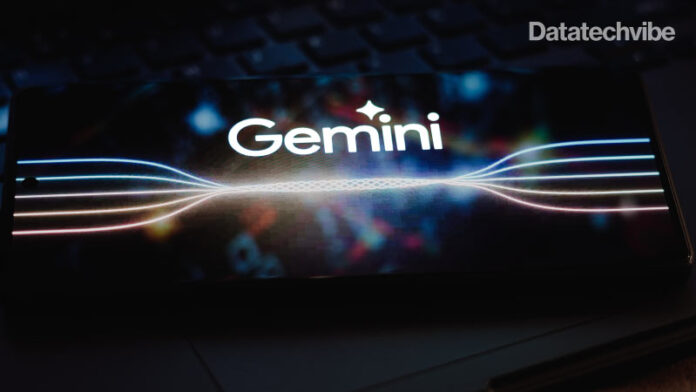Google has claimed that Gemini 1.5 Pro is as capable as Gemini Ultra 1.0.
Google has unveiled its next-generation AI model, Gemini 1.5. Recently, Sundar Pichai, CEO of Google and Alphabet, rolled out Google’s most capable model, Gemini 1.0 Ultra, and took a significant step forward in making the company’s products more helpful, starting with Gemini Advanced. Developers and Cloud customers can begin building with 1.0 Ultra too — with the Gemini API in AI Studio and in Vertex AI.
Sundar Pichai, said, “Our teams continue pushing the frontiers of our latest models with safety at the core. They are making rapid progress. In fact, we’re ready to introduce the next generation: Gemini 1.5. It shows dramatic improvements across a number of dimensions and 1.5 Pro achieves comparable quality to 1.0 Ultra, while using less compute. We’ve been able to significantly increase the amount of information our models can process — running up to 1 million tokens consistently, achieving the longest context window of any large-scale foundation model yet.”
Demis Hassabis, CEO of Google DeepMind, said, Gemini 1.5 delivers dramatically enhanced performance. It represents a step change in our approach, building upon research and engineering innovations across nearly every part of our foundation model development and infrastructure. This includes making Gemini 1.5 more efficient to train and serve, with a new Mixture-of-Experts (MoE) architecture. The first Gemini 1.5 model we’re releasing for early testing is Gemini 1.5 Pro. It’s a mid-size multimodal model, optimised for scaling across a wide-range of tasks, and performs at a similar level to 1.0 Ultra, our largest model to date. It also introduces a breakthrough experimental feature in long-context understanding.”
“As we roll out the full 1 million token context window, we’re actively working on optimisations to improve latency, reduce computational requirements and enhance the user experience. We’re excited for people to try this breakthrough capability, and we share more details on future availability below. These continued advances in our next-generation models will open up new possibilities for people, developers, and enterprises to create, discover and build using AI,” Demis added.









